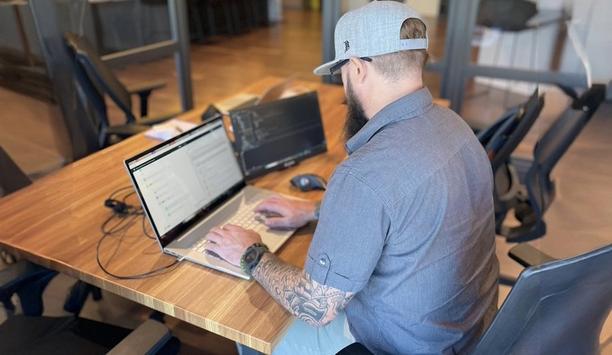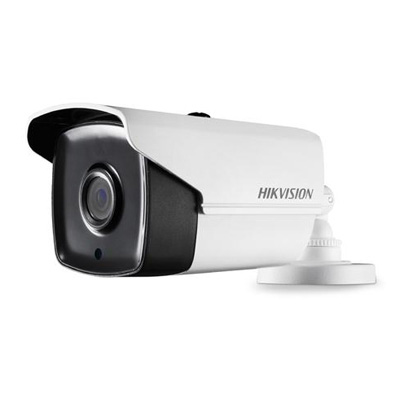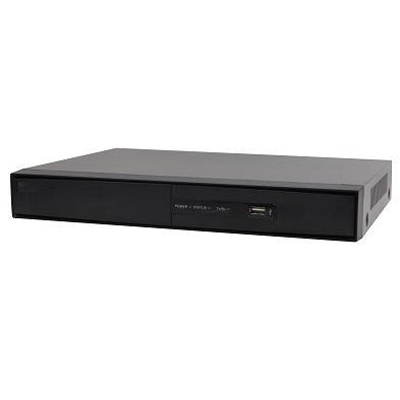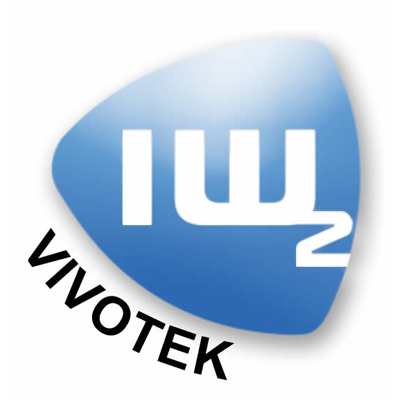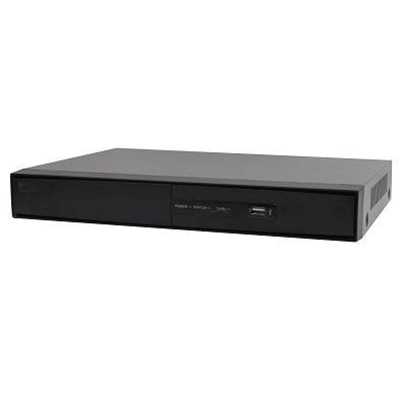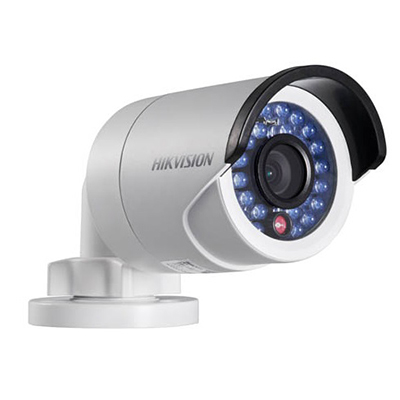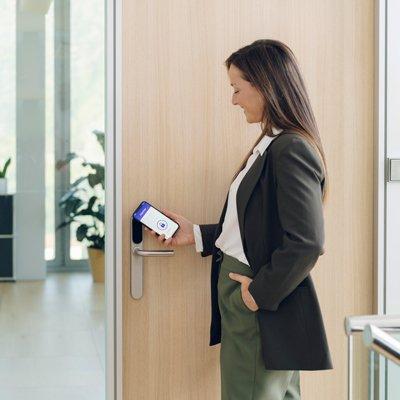Legislation does not prohibit lone working in a general sense, but companies and organisations must conduct a risk assessment covering the activities of all employees, including lone workers. Since the Corporate Manslaughter and Corporate Homicide Act of 2007, companies and organisations can be found guilty of corporate manslaughter as a result of serious management failures resulting in a gross breach of duty of care.
Lone worker alarm systems must be ATEX/Ex certified
Furthermore there are strict European rules and regulations specifically concerning explosive atmospheres (Explosive Atmospheres Directive 94/9/EC). Under these rules, all lone worker alarm systems must be ATEX/Ex certified to the correct Protection Zone, Apparatus Group and Temperature class for each individual ATEX/Ex environment.
SBES, the lone worker protection specialist, has developed a simple yet highly specified site-based lone worker alarm system specifically for use within explosive environments.
The SBES ATEX LifeSaver lone worker alarm units are Ex II 1 G, EEx is IIC T4 Certified. SBES’ Lifesaver system alerts colleagues in the event of a ‘man down’ incident in which a lone worker has collapsed or is rendered unconscious, ensuring an immediate response in the vital few minutes following an incident.
Alarm can be raised manually by means of a panic button
The alarm can be raised manually by means of a panic button, or automatically by a tilt sensor (with programmed delay and pre-alarm warning) should the lone worker become incapacitated. Upon alarm activation, the SBES LifeSaver Control System will automatically dial up to 10 pre-programmed telephone numbers, alerting the recipients that the lone worker alarm has been activated and the lone worker may need help.
The SBES LifeSaver Control System can be linked into third-party access control systems in order to release entry doors automatically, ensuring quick access for emergency response teams. The SBES Lifesaver System can also be integrated into existing building management systems to help with remote monitoring of lone workers.
Peter Swan, Managing Director of SBES, said: “Although employers are well aware of their duty of care, personnel working in isolated areas are often forgotten about. Lone working is apparent in virtually every organisation, and I would call upon all employers to protect them properly”.
All SBES Lone worker alarm systems are modular and can be ‘tailor made’ to specific requirements.






